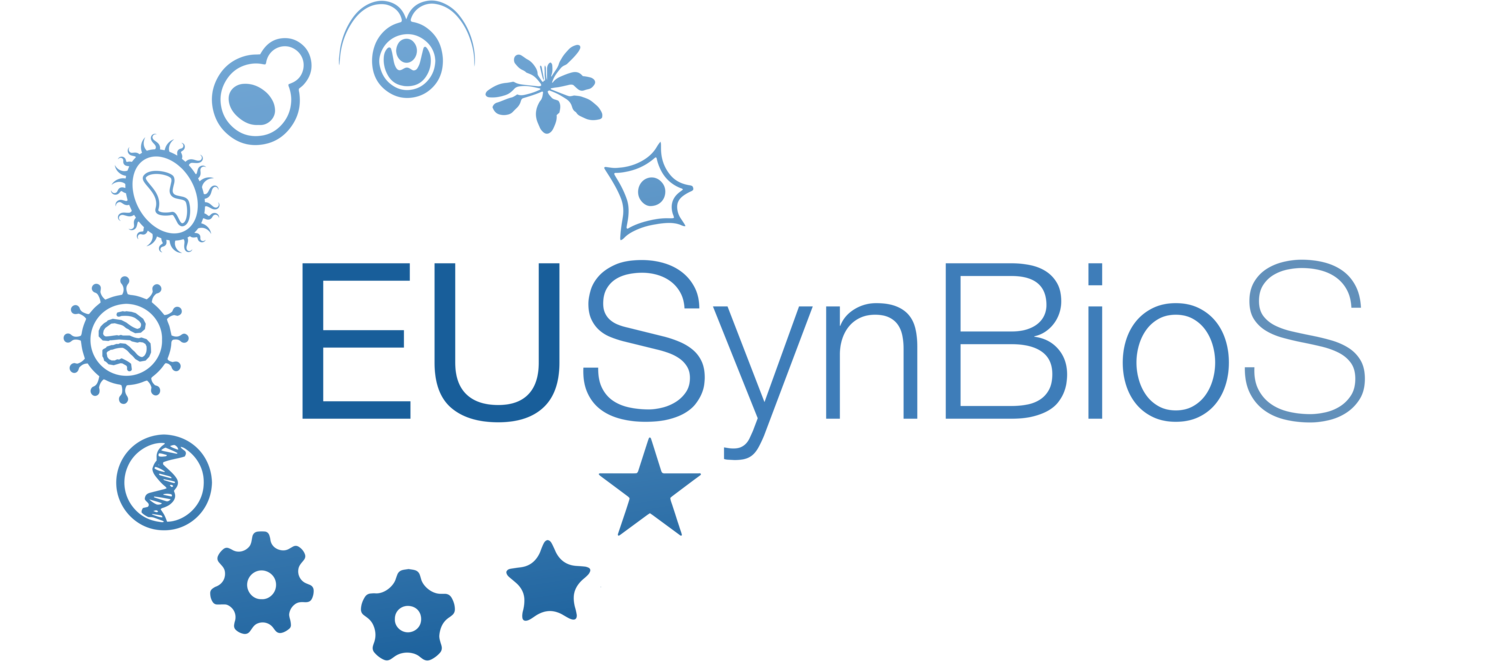ODYSSEE: A modular platform for field diagnosis of Tuberculosis
By iGEM Thessaly 2019
Can you imagine a world where everyone has unlimited access to healthcare? A world where equal opportunities are guaranteed, despite economic, social or political status, through the collaboration among countries?
Well, this is just not wishful thinking. These are some of the goals set by the UN (Sustainable Development Goals) for a better world by 2030. iGEM Thessaly decided to work on contributing to the effort made for the achievement of these goals.
iGEM Thessaly is the first team from the Thessaly area of central Greece to participate in the iGEM competition. We are ten students from different Departments of the University of Thessaly. Our project “OdysSEE” aims for the fight against the communicable disease Tuberculosis (TB), a major threat for populations affected by crises such as refugees.
Refugees and migrants are entitled to the same universal human rights and fundamental freedoms as all people, which must always be respected, protected, and fulfilled. More than 85% of refugees flee from and stay in countries with a high burden of TB (Kimbourgh et al, 2012).
Despite increases in notifications of TB, progress in closing detection and treatment gaps is slow and large gaps remain. The goals of the World Health Organization’s End TB strategy will not be achieved without new tools to fight TB.
For this reason, we are developing “OdysSEE”, a rapid, reliable and safe test for early diagnosis of Tuberculosis that would be applied in refugee camps in Greece, as well as worldwide, wherever is needed. OdysSEE reflects the challenging journey that refugees are going through and our logo contains a migratory bird every piece of which represents a unique part of our project.
The test will work on urine samples. Once the Mycobacterium tuberculosis, that causes the disease, dies in a patient’s lung, it releases DNA fragments (cell-free DNA - cfDNA) into the blood as it breaks down. cfDNA’s small size allows for it to cross the kidney barrier and appear in the urine (Fernαndez-Carballo et al., 2018). The biomarker we selected is the IS6110 gene (1355 bp), which is located in the genome of the Mycobacterium Tuberculosis (MTB) and encodes for a putative transposase. IS6110 belongs to the family of insertion sequences (IS) of the IS3 category and is most commonly used for the detection of MTB because it is highly conserved (Thierry et al., 1990, Thabet S. & Souissi N., 2016).
The detection workflow contains 4 steps of amplification of the target gene. It begins with isothermal DNA amplification of the MTB DNA fragment, with the incorporation of two universal sequences, at 5’ and 3’ end respectively. An in vitro transcription of the amplicon follows with the combination of these two steps enabling addition and amplification of a universal trigger sequence, which is transcribed to RNA.
This trigger RNA enables the in vitro translation of a toehold switch, a biosensor that encodes for a b-lactamase. b-lactamase is an enzyme that hydrolizes cephalosporins including nitrocefin, which then turns from yellow to red. The colorimetric readout will enable naked eye detection of the result.
Tuberculosis detection is just the beginning. We aim to create a universal tool able to identify other communicable diseases as well. The key component to achieve this is the trigger RNA that is designed by the team’s wet lab and added to the reverse primer for the first step amplification. This can be achieved by just changing the primer set, while keeping the overhangs that contain the universal trigger, as well as the following path the same, thus targeting different pathogenic agents.
The ultimate goal is to supplement conventional diagnostics by providing a modular, universal diagnostic platform for various diseases so that all patients have access to innovative tools and services for rapid diagnosis and care.
Join our journey and stay in touch with us and our project by following us on Facebook, Instagram and Twitter and also by visiting our website. Any feedback for our project is welcomed and can be addressed to us via email at igem.thessaly@gmail.com.
You can support our effort through our crowdfunding platform here.
iGEM Thessaly’s research project is supported by the research infrastructure Omic-Engine, the State Scholarships Foundation (ΙΚΥ), the Research Committee of the University of Thessaly, Hellenic Petroleum, and ELPEN.
References
Kimbrough, W., Saliba, V., Dahab, M., Haskew, C., & Checchi, F. (2012). The burden of tuberculosis in crisis-affected populations: A systematic review. The Lancet Infectious Diseases, 12(12), 950–965.
D Thierry, A Brisson-Noël, V Vincent-Lévy-Frébault, S Nguyen, J L Guesdon, B Gicquel, Characterization of a Mycobacterium tuberculosis insertion sequence, IS6110, and its application in diagnosis (1990), Journal of Clinical Microbiology
Thabet, S., & Souissi, N. (2016). Transposition mechanism, molecular characterization and evolution of IS6110, the specific evolutionary marker of Mycobacterium tuberculosis complex. Molecular Biology Reports, 44(1), 25–34.
Fernández-Carballo, B. L., Broger, T., Wyss, R., Banaei, N., & Denkinger, C. M. (2018). Toward the development of a circulating free DNA-Based in vitro diagnostic test for infectious diseases: A review of evidence for tuberculosis. Journal of Clinical Microbiology, 57(4), 1–9.




